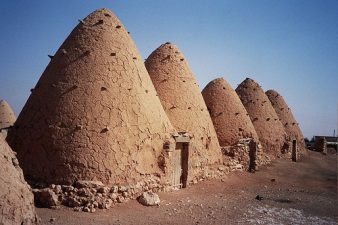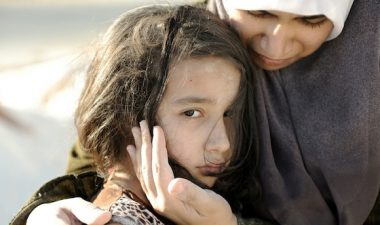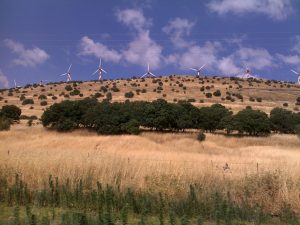 As the political conflict rages on, drought-hit farmers in Syria struggle on and the aid trickling in to help is severely inadequate
As the political conflict rages on, drought-hit farmers in Syria struggle on and the aid trickling in to help is severely inadequate
In March 2011, the political situation in Syria began to unravel. Syrians took to the streets in places like Homs and Hama in an uprising against president Bashar al-Assad, who responded with mortar and grenade attacks. The intensity of the conflict only increased in subsequent months and now the political situation appears at breaking point. For example, farmers and herders in Syria are being forced to deal with political instability, recurrent drought and also the lack of funds donated to humanitarian programmes in the country.
“We are willing and able to reach many of the farming communities affected by the drought and the crisis, provided resources are made available by the donor community,” explained Abdulla Tahir Bin Yehia, the UN Food and Agriculture Organization (FAO) representative in Syria. “[But] no single donor has given us a single penny this year. Funding from the donor community is absent,” Bin Yehia said to IRIN.
Due to the political crisis, around 18,000 migrant farming families who had fled to urban centres back in 2006 and 2010 due to droughts have been forced to move back home. This has left them with no source of income and in need of humanitarian assistance to restart their agricultural and herding activities.
So despite better rainfall in 2011, many of those who returned to their farmland did not plant because they had no seeds. They are now also struggling to afford petrol for their water pumps and the limited amount of exports leaving the country. Herders on the northeastern drought-hit areas are also constrained in their movement due to the political conflict and animal fodder prices have increased due to petrol price rises.
The UN FAO states that it has supported 7,000 small herders in Hassakah, Deir-ez-Zor and Homs governorates with animal feed; 2,000 farmers in Deir-ez-Zor with seeds; and 500 women-headed families with income-generating activities in Hassakah and Idlib governorates. But as Bin Yehia points out, “this is a small number out of 65,000 households who need humanitarian assistance.”
According to IRIN, a total of nearly 300,000 households have needed “life-sustaining assistance” in the last three years. Yet due to lack of funding, less than 20 percent of them have received it.
: IRIN News.
:: Image via Bombardier/flickr.
For more on Syria see:
Millions Go Hungry in Syria, Libya and Yemen
500,000 Syrians Flee Drought-Stricken Zone
Syria’s Dustbowl Attributed to Wasted Water




check this film out:
hope in changing climate
http://www.youtube.com/watch?v=kK8z0qDtE2g
once all the war is over(hopefully sooner than later)maybe all of the regions in the middle east might concider trying this what seems to be a great and workable solution to climate change and drought.
good luck and bless everyone xx